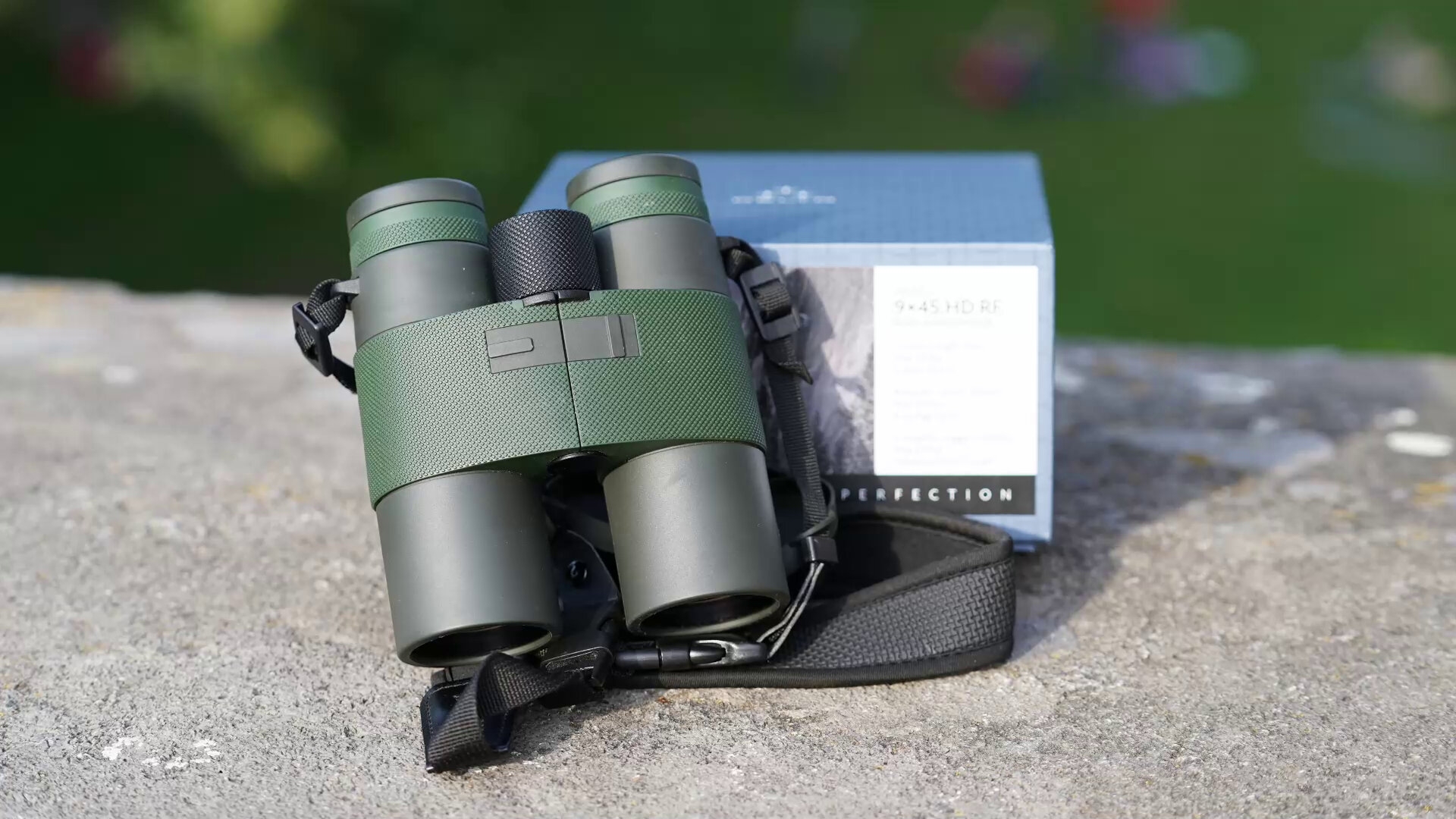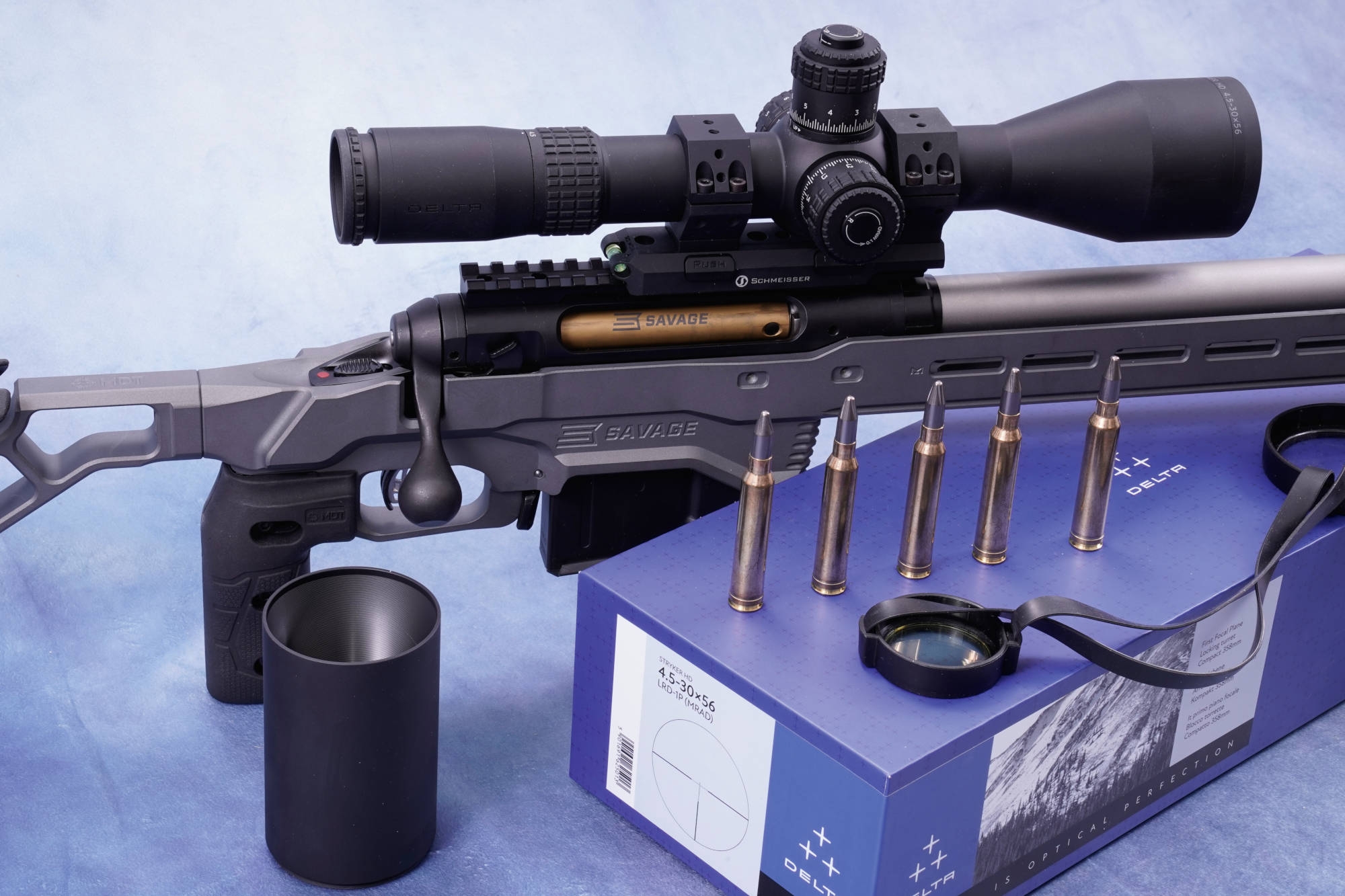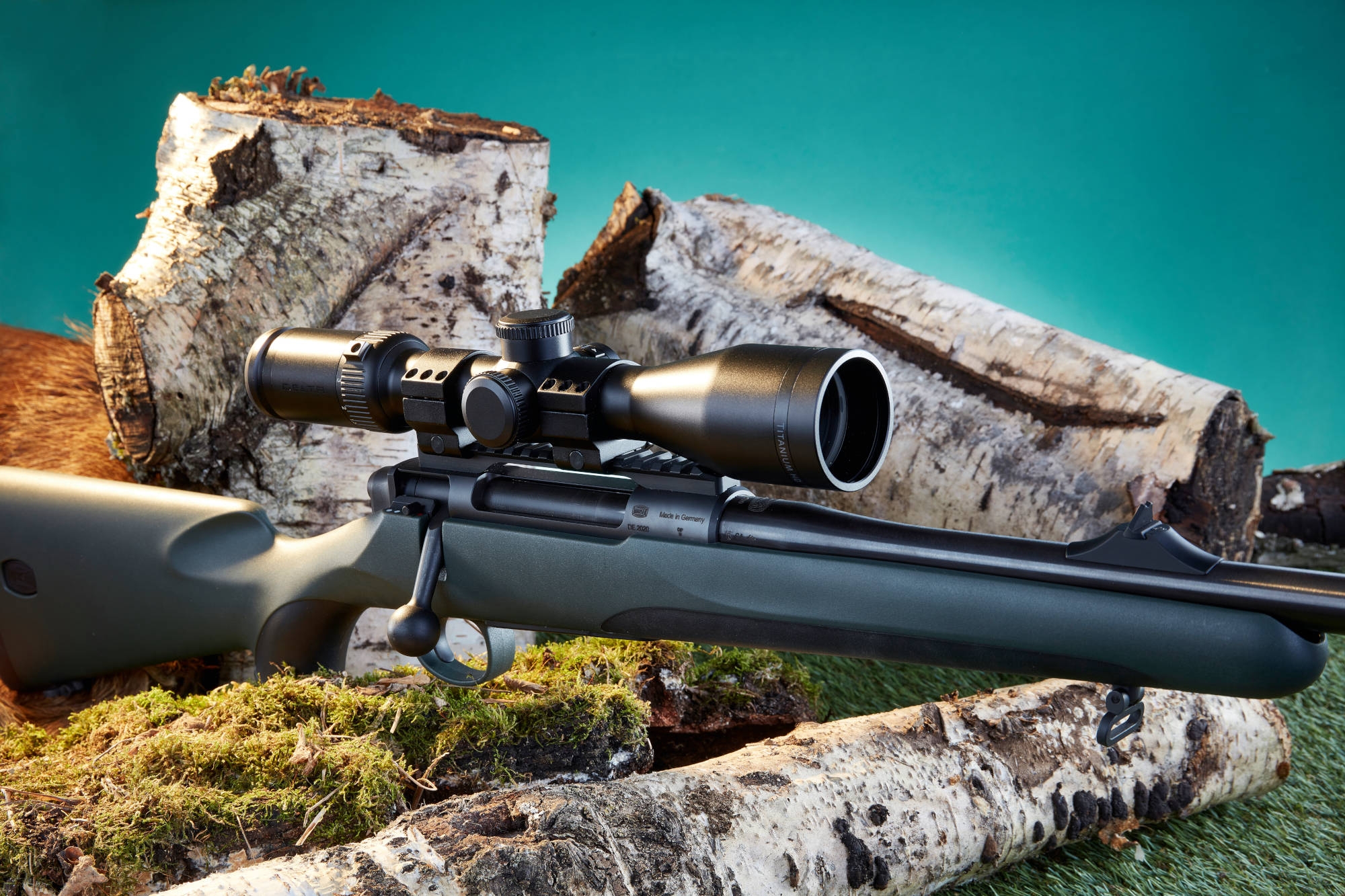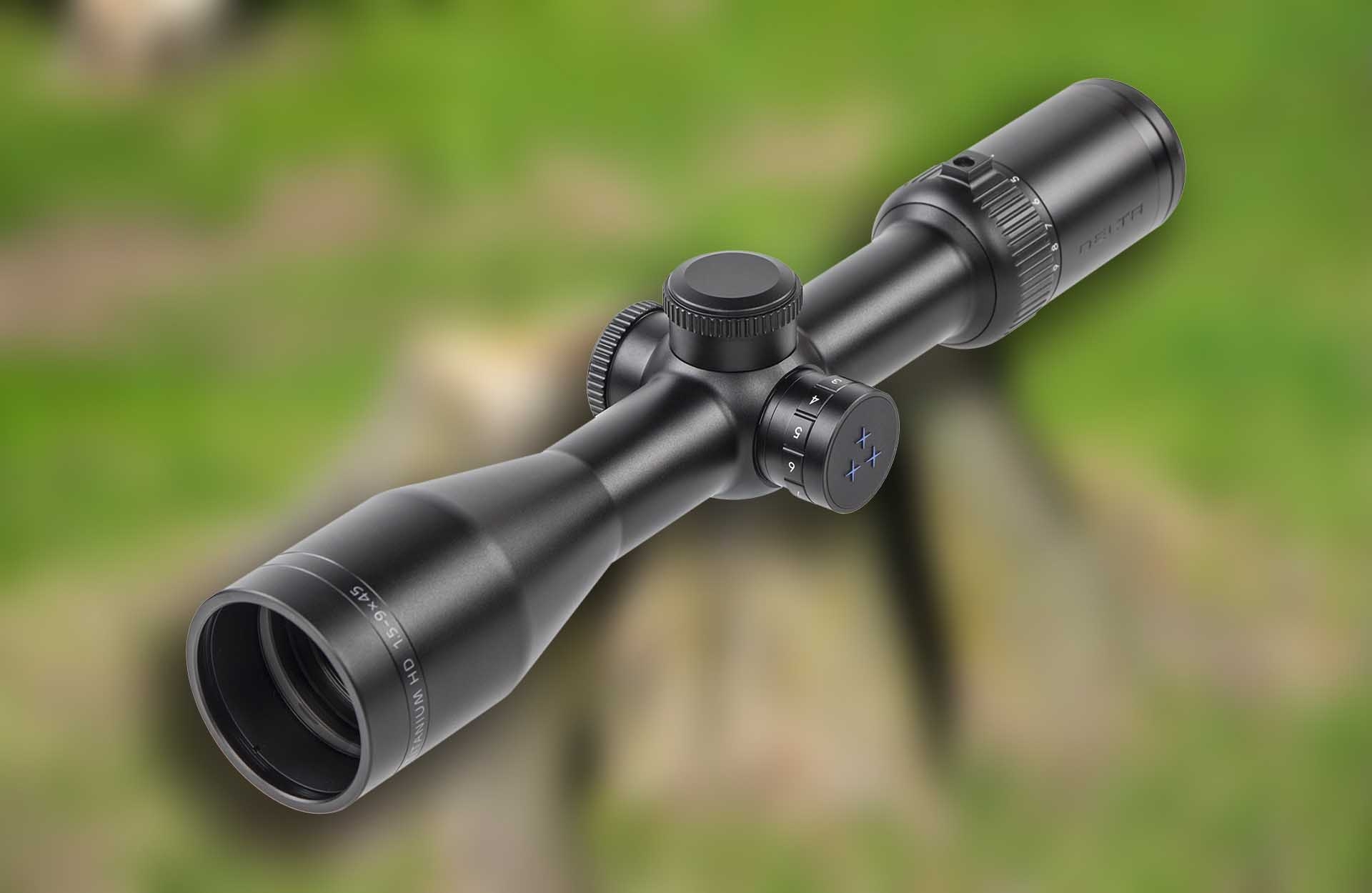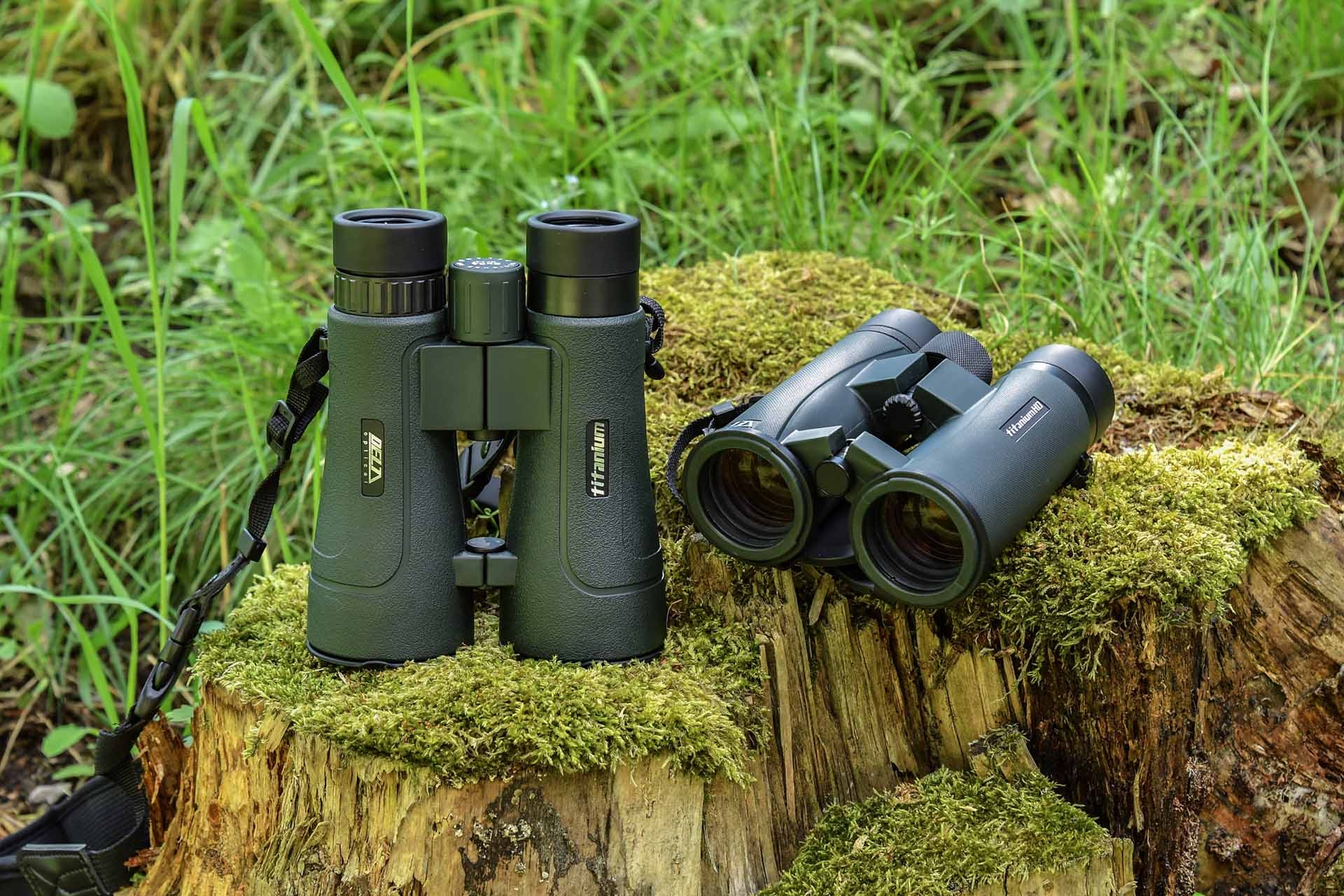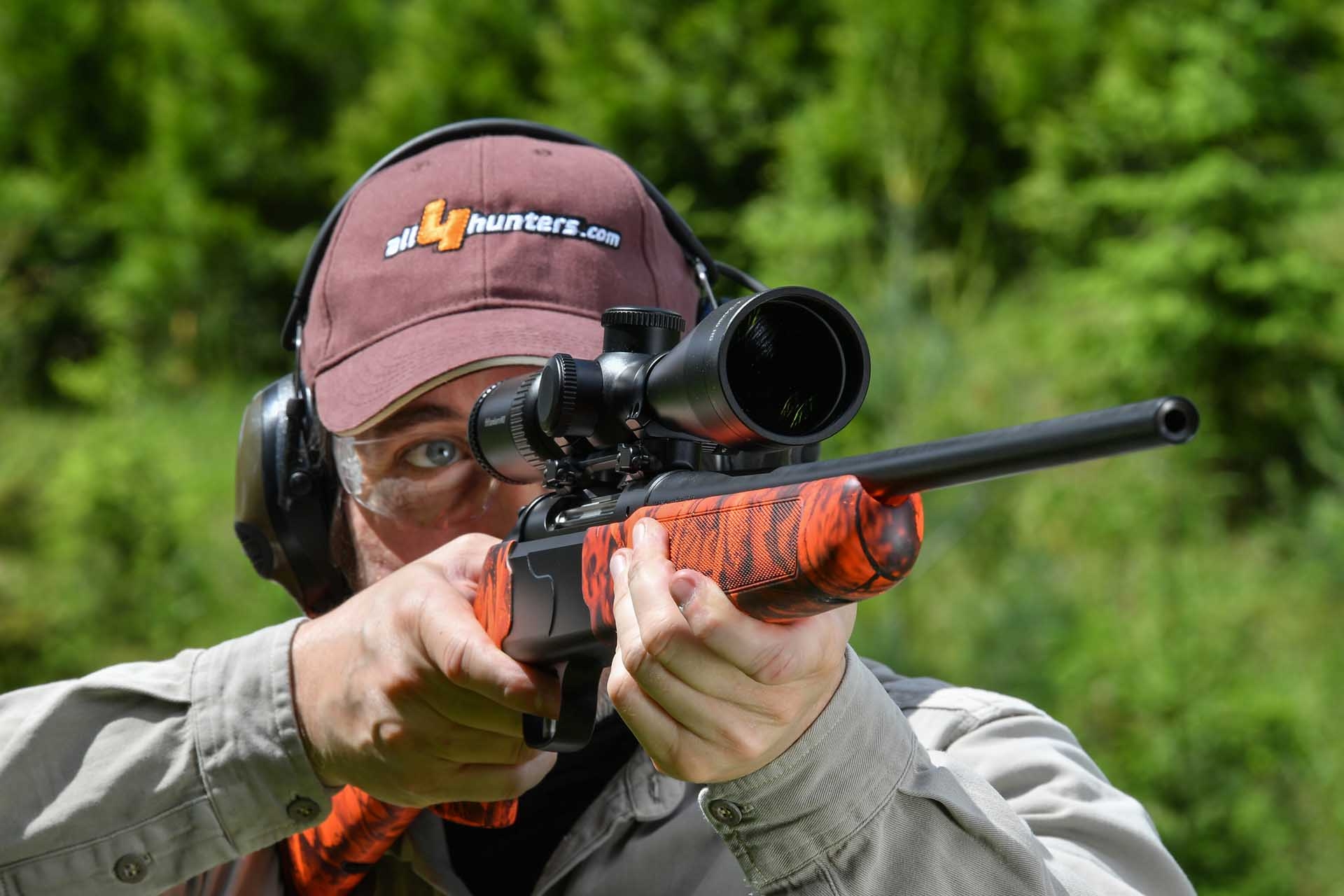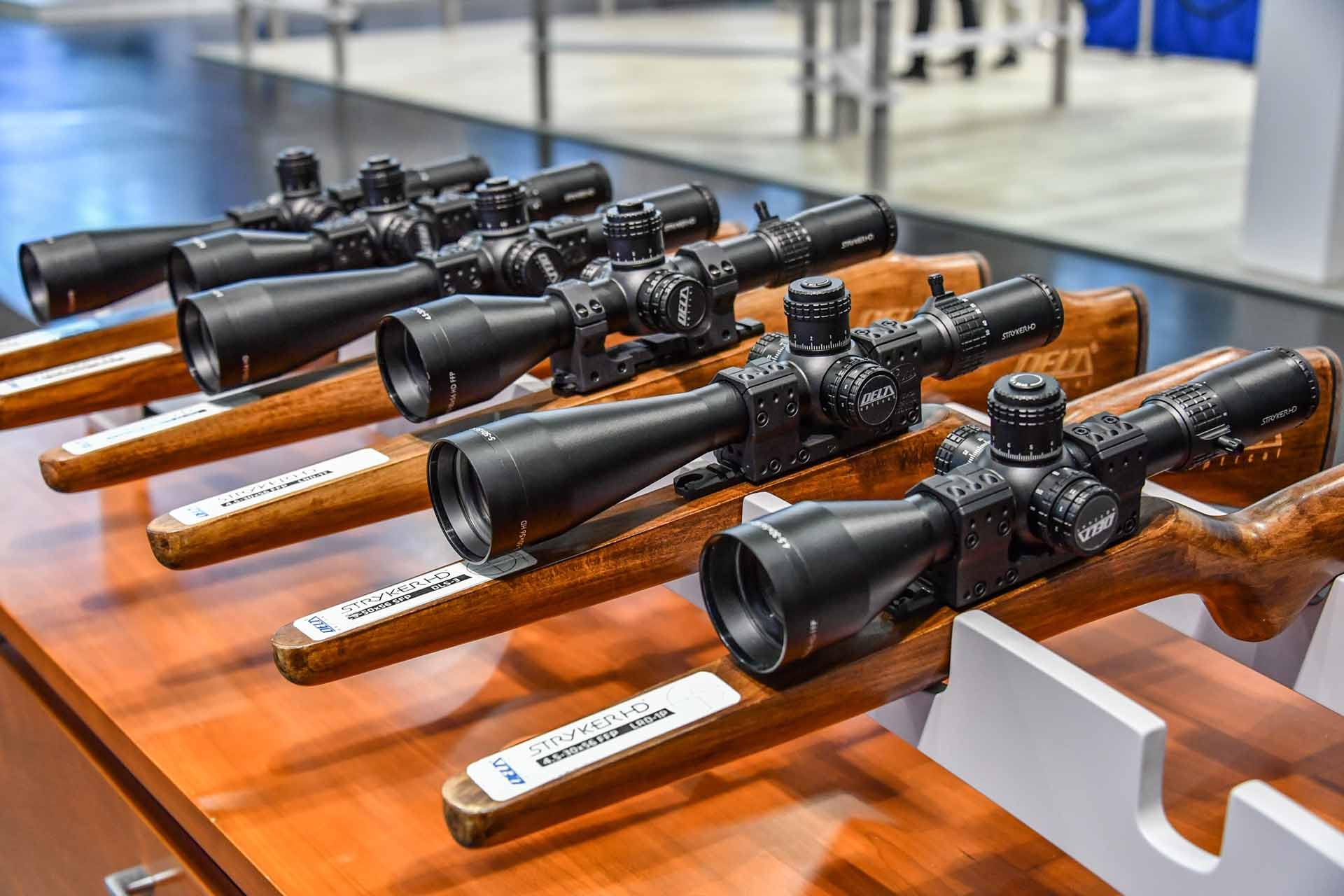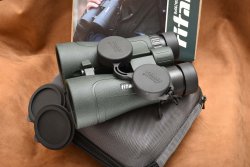
Poland has a consistent tradition of making good quality lens and optical products. Even without taking in account a tradition that from the FOS of 1898 with its aplanatic lenses, very advanced for their time, extends up to PZO microscopes – I have some of their lenses mounted on Zeiss tripods and I'm really satisfied with them – there must be a reason if the Rzeszów-based Optores company that manufactures very high quality lenses with manic care in every single single production step, including various excellent apochromatic triplets, was purchased by a very high technology company like Oerlikon Balzers.
That's why when I deal with an optic coming from Poland I always examine it carefully. This time they are bright 8x56 binoculars, in which the number of enlargements allows for handling them without support even when observing for a lengthy period, while the 56 mm front lens diameter offers a 7 mm exit pupil, perfect for 20 year old people and even excessive for those who, like me, already turned twenty several times. The binoculars feature roof prisms and the design tells us that they are Schmidt-Pechan prisms, because if they were Abbe-Koenig prisms the housing would have to be longer.
Delta Optical Titanium 8x56: details and features
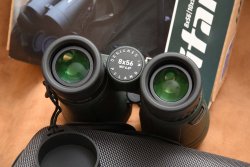
Resolution of small details says that the prisms received a phase correction coating, a process discovered in 1988 by Adolf Weyrauch of Zeiss and now used by many good manufacturers. In truth, the 1900 Hensoldt binoculars are excellent even without phase correction, but they use Abbe-Koenig prisms, with two reflections and two air-glass transitions less, and the construction is sublime. The same sharpness also tells us that the 90-degree angle of the two faces that make up the roof has a tolerance under two arc-seconds. It is 1/1800 of a degree: if you think that between 12 and one o'clock in your watch the angle is 30 degrees, we are at 1/54000 of that angle. Good precision, no doubt.
To evaluate resolution in the absence of a Siemens star there is a very empirical method, but it gives an idea. Just hang a well-printed text on good paper on the wall and measure the maximum distance at which it can be read. After that, stand at a distance equal to the one you just measured multiplied by the binoculars' magnifications, and try to read. If you succeed, it's all right. In any case, if the writing looks less clear, you can immediately notice it.
Delta Optical 8x56 binoculars, for hikers and hunters
Having established that sharpness is there and the micro-contrast is more than good, let's examine the rest. Do we want to start with malice? Let's do it: the lamp post test. Passed with flying colors. Although looking at the inside of the binoculars from the side of the lens and using a flashlight you do not see velvety or flocculated surfaces, there are no internal reflections. I suppose the design of the flared housing helps a lot in this regard. I have not detected spherical aberration. The field curvature has not been completely eliminated, but it's there in part because it avoids the "stormy sea with rogue waves" effect when you quickly explore the edge of a forest from side to side. Coma does not interest those who do not make astronomical observations and you have to pay close attention to capture a very slight pincushion distortion. When hunting, all this doesn't matter. There is in fact, and it can be noticed, some chromatic aberration that is obvious when observing something against the background of a clear sky and this is remarkable if you observe something almost against the sun, that is at an angle inferior to 30 degrees compared to the sun's direction. These binoculars are not suitable for observing birds in flight. But they are quite fine for hunters. It never occurred to me to see flying chamois, and the very few times they climbed to a ridge top they were quick to come down, so observing against the light is something that almost never happens to hunters.
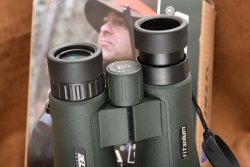
On the other hand, I found a similar chromatic aberration in top-range and very expensive riflescopes. In the most popular brands with prices in the 1000-1200 euro range, chromatic aberration is equal to the one we find here, except that in our case retail price is 375 euro, VAT included (prices may vary in you country), that is three times less.
For hikers or hunters, the Delta 8x56 is probably the best possible purchase in its price class and I believe also in the one immediately above it. Those who have to observe for many hours a day, in situations with strong contrasts of light, will probably need something different, but to get a good product they must resign themselves to spending six or seven times more. And not all budgets can stretch to that point.
Delta Optical 8x56 binoculars: technical data
| Manufacturer: | Delta Optical, Polonia https://deltaoptical.pl/ |
| Model: | Titanium 8x56 |
| Magnification: | 8x |
| Objective lens diameter: | 56 mm |
| Exit pupil: | 7 mm |
| Twilight factor: | 21.16 |
| Type: | prismatic |
| Prisms: | roof,
Schmidt-Pechan type |
| Carrying case: | with zip |
| Straps: | two, for the case and for the binoculars |
| Lens covers: | combined
with binoculars |
| Price: | 375
euro (price may vary due to VAT and local taxes) |



